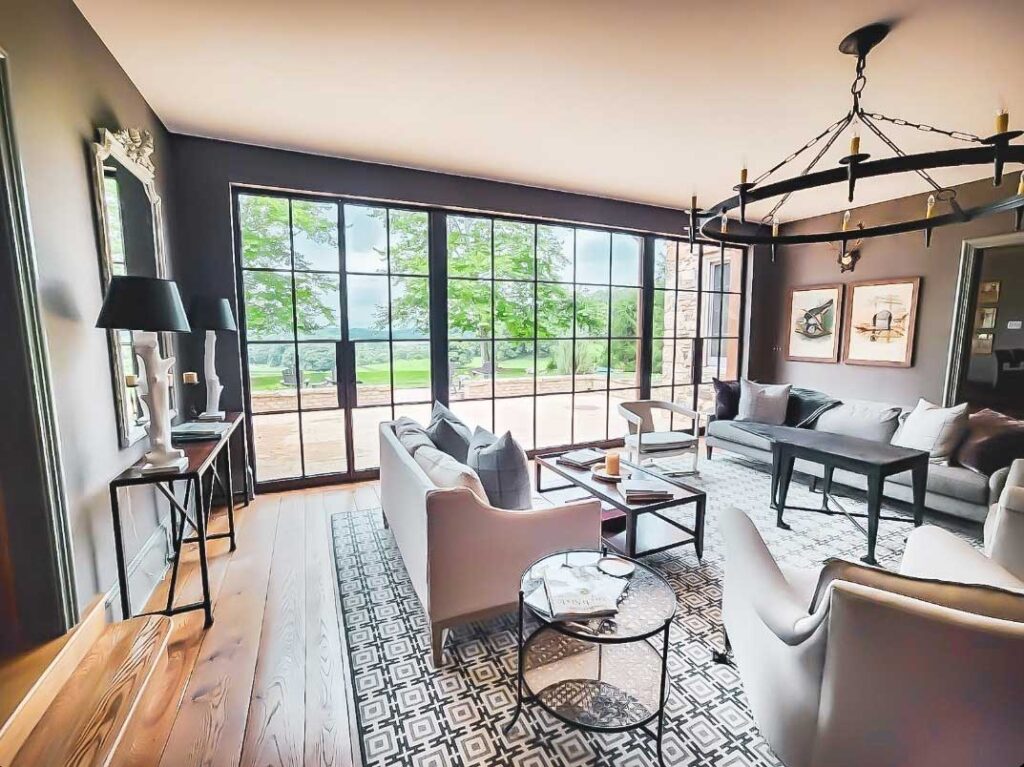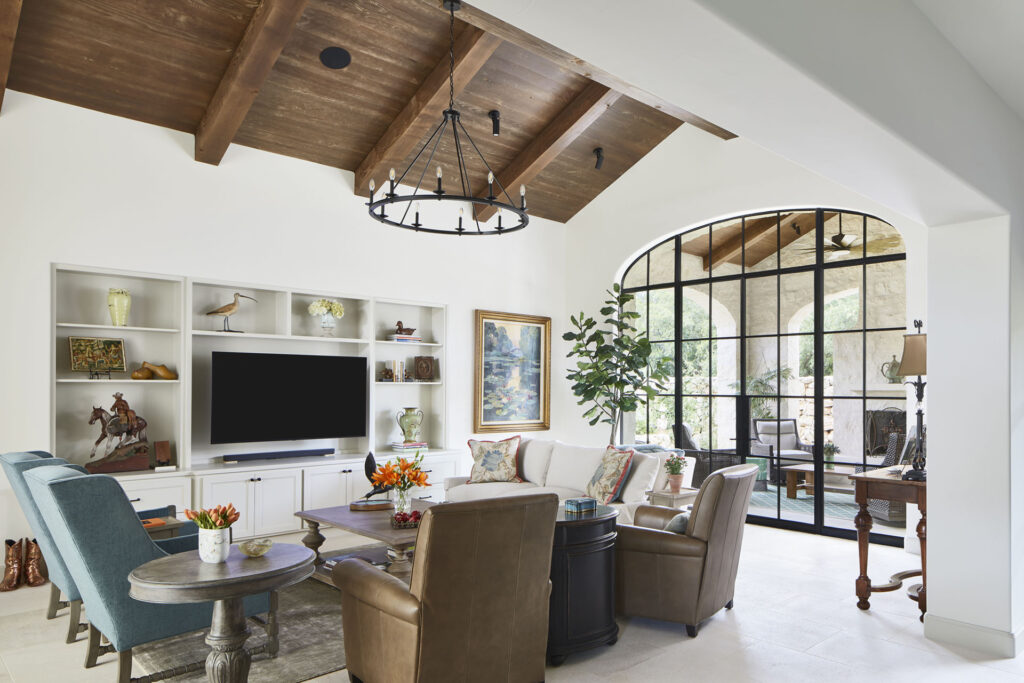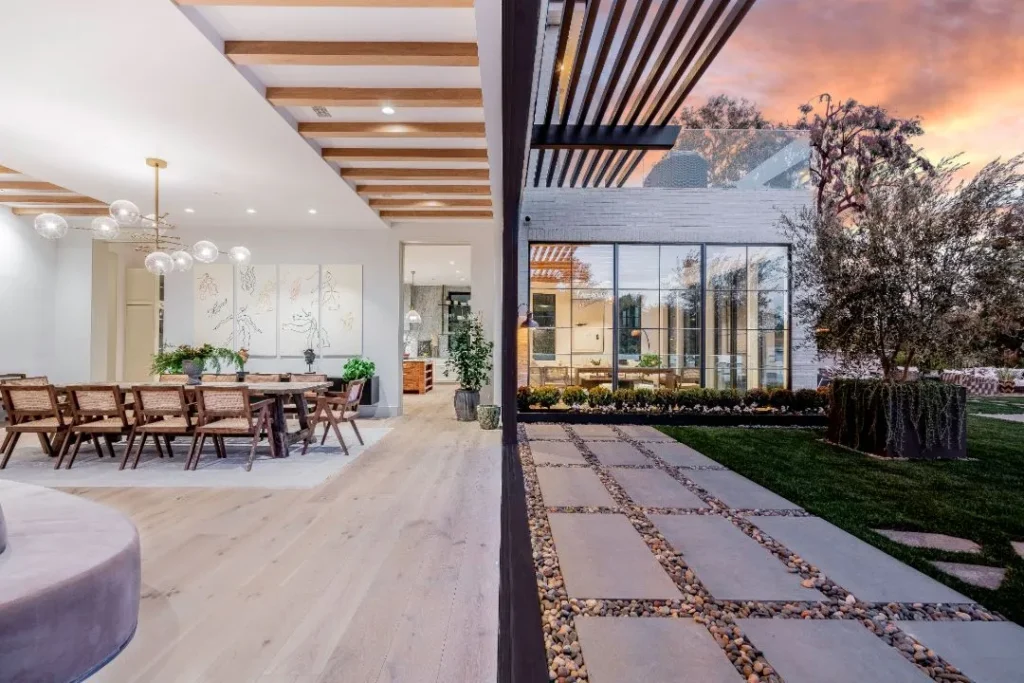When we think of architecture, it’s often walls and layouts that spring to mind, not windows – but far from being purely functional, any architect will tell you that windows are fundamental to the character and aesthetic of a building’s design.
The style, size and shape of windows can profoundly influence the exterior appearance and the interior quality of a building, offering glimpses both in and out, reflecting and refracting light or creating shadows – and nowhere are these effects illustrated more clearly than by True Divided Lite windows.
But what exactly do we mean by True Divided Lite (TDL)? How do these windows differ from other types on the market? Are they only for historic architecture? Let’s take a closer look at the design principles and qualities of TDL windows.
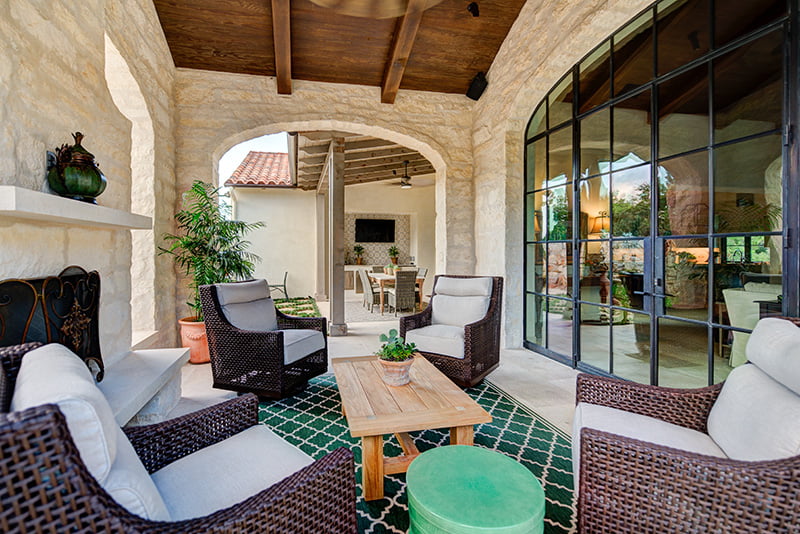
What does True Divided Lite mean?
True Divided Lite refers to the structure of a multi-pane window or door where each pane is separated by a grid or grille of wooden or metal bars called muntin bars. These bars form a structural part of the window frame itself, so each aperture has to be individually glazed, and each window pane is ‘truly divided’ from the next.
True Divided Lite windows have been around since medieval times, when glass could only be manufactured in small sizes. In order to make windows large enough to be practical, multiple small panes were fitted into a metal frame. As manufacturing technology evolved, TDL windows were also made from wood, which was cheaper and more readily available. Today, TDL windows are commonly made from timber, steel, aluminium and bronze.
What’s the alternative to TDL windows?
The alternative to TDL windows is Simulated Divided Lite (SDL) where a single, large pane of glass is made to look like multiple small panes through the application of a grid or grille on to the surface of the glass, or sometimes sandwiched between the leaves of a double-glazed pane. The panes look divided, but they are not.
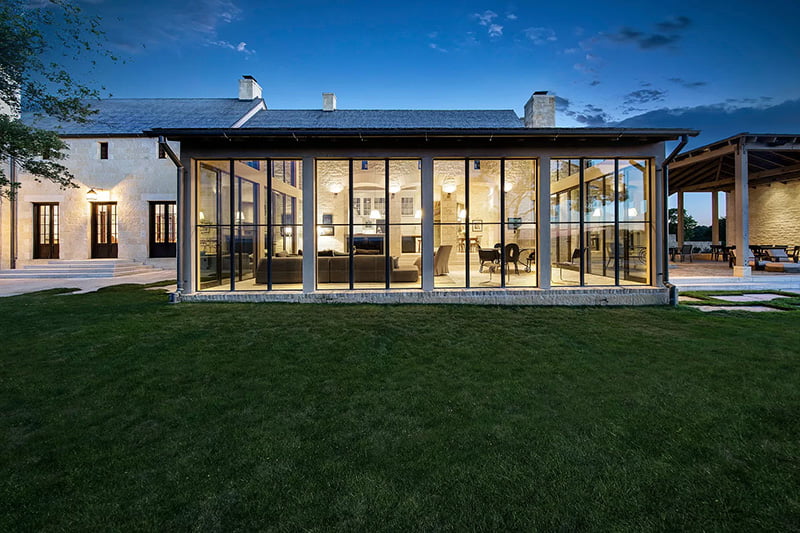
What sets TDL windows apart?
True Divided Lite windows – particularly steel or bronze windows – have a distinctive visual aesthetic that immediately sets them apart.
While manufacturing technology has advanced hugely since this style of window was invented, the overall look and feel hasn’t changed very much – making them the preferred window for restoration projects and period properties, but also a timelessly beautiful choice for contemporary homes.
Here are some of the key visual features of TDL windows:
- Superior proportions
Because the gridded part of a TDL window is structural and therefore weight bearing, it’s possible to achieve improved overall proportions in the window frame. The external part of the frame can be more slender because it doesn’t have to carry the weight of one large pane of glass, and the individual apertures will look more in proportion to the overall size and shape of the window for a more elegant appearance. - Narrow sightlines
The innate strength of metal – particularly bronze, which can be extruded into very slender forms without losing structural integrity – means that metal TDL window frames and muntin bars can be very narrow. This allows the designer to achieve a ‘less frame, more window’ look that maximizes natural light and frames the external view without obscuring it behind clumsy-looking window frames. - Deeper profile & shadows
TDL windows with genuine muntin bars have a naturally deeper profile that casts natural shadows into the reveal of each aperture. This effect lends visual depth and character to the windows that’s hard to achieve with SDL windows and is usually more in keeping with historic or period architecture. - Unique reflective properties
Where SDL windows have a ‘flat’ reflection due to the single, uniform pane of glass, a TDL window has multiple panes – each of which reflects and refracts the light slightly differently. This effect is subtle but extremely beautiful, reducing glare and bouncing light around interior spaces, while producing exterior reflections that subtly dance and change depending on the conditions and where you’re looking at the building from. The result is instant character that can make a brand-new window look as if it’s been there for decades or even centuries.
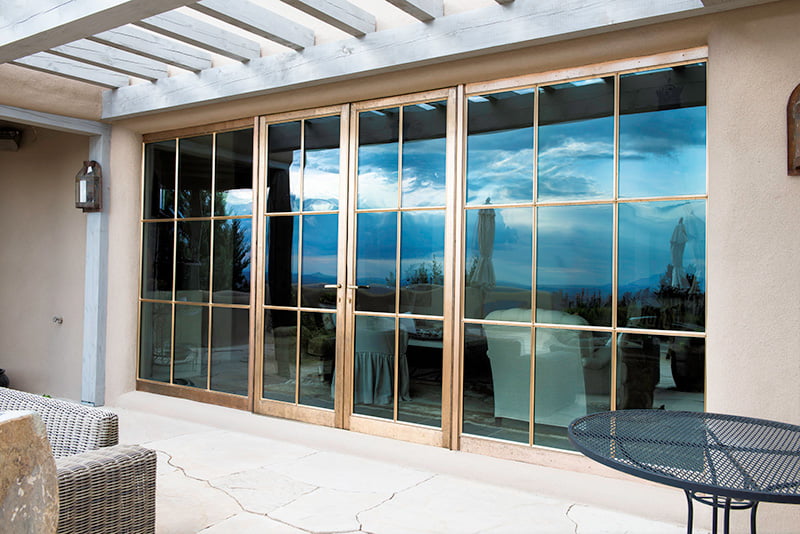
Are True Divided Lite windows thermally efficient?
Just because you want to achieve the classic look and feel of a building with history, doesn’t mean you can compromise on the performance of your fenestration system – and whether you’re restoring a Colonial-style home or building a new one from scratch, it’s vital the windows you specify meet the latest standards on thermal performance.
Very old TDL windows were single glazed and notoriously draughty – but replace them with quality, solid bronze TDL windows from Renaissance Genuine Solid Bronze and homeowners will enjoy some of the best insulation properties money can buy.
Our solid bronze window and door frames are thermally broken so they don’t conduct heat into or out of a building, and can be glazed to the client’s specification using high-performance double or even triple glazed units to create supremely beautiful and energy-efficient glazing systems.
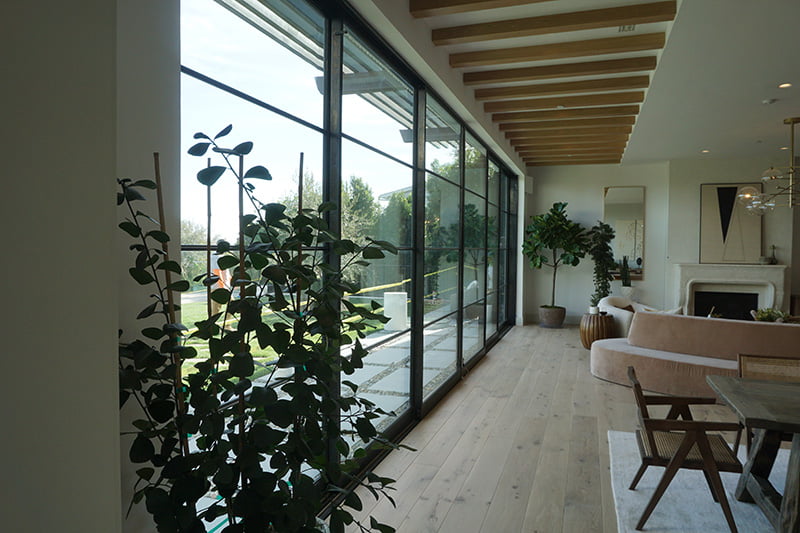
Are True Divided Lite windows durable?
Windows represent a significant proportion of the overall budget on any construction or restoration project, so you need to feel confident that the system you specify can deliver value for money in the long term.
Steel is without doubt the most commonly specified material for TDL windows – but for just 10-15% more, you can specify genuine solid bronze and discover a range of benefits that will go on delivering for decades to come.
Bronze is one of the hardest metals on the planet and also the most corrosion resistant – it will never rust or rot, and requires no maintenance or painting. We finish the majority of our windows with a hand-applied patina coating that speeds up the natural process of bronze ageing. Once the patina has developed, it protects the metal below from the elements in perpetuity, even in demanding conditions and coastal locations.
Another key benefit of True Divided Lite windows is that if a pane does get broken or damaged, you only need to replace that pane – and since each glazed unit is relatively small, this can be significantly cheaper than replacing the glass in an SDL window.
Want to know more?
To find out more about our solid bronze window and door systems, download a copy of our brochure – or get in touch with our expert team who will be happy to discuss bespoke design options for your next project.
